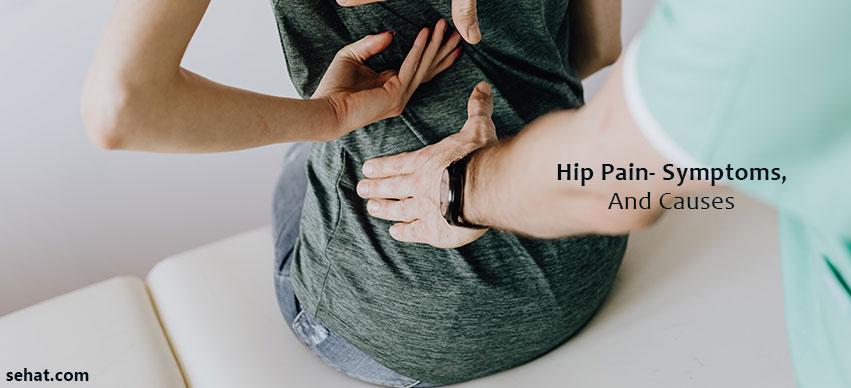Everyday Habits That Can Protect Your Eyes from Damage
4 Min Read


The hip is a ball and socket joint attaching the leg to the torso of the body. The hip joint enables you to walk, run, sit, bend and move in varied directions. This joint is the largest joint in the body and is also called the ball and socket joint. The hip joint stands against repeated motions allowing fluid movement of the body. Despite its robustness, the hip joint is not stable. The factors like age and usage of cartilage can exhaust the hip joint and it may become weak. In this article, we shall see what causes hip pain that radiates down the leg?
Physical discomfit in or around the hip varying from light to grave symptoms or pain is identified as hip pain. When the hips are the main reason for pain, day to day life is mainly affected. Several structures neighbour the hip that may cause pain. Some related ailment or injury may cause inflammation which further leads to hip joint pain. Inflammation may cause the space to fill up with the fluid or blood extending the hip lining resulting in pain.
The hip pain may usually occur in the hip joint or the groin. Ageing or the over usage of the tendons and the muscles in the hip can cause breakage if hurt or any other injury may also break the joint. Any of the above grounds may lead to hip pain. Muscles, stiffness, fractures or injuries may cause hip pain while walking.
Several people also undergo hip pain when sitting. Various reasons like wrong posture, improper sitting, prolonged sitting may lead to this pain. It is felt in the hip, the groin and thigh as well.
Many common signs and symptoms are associated with hip pain. The symptoms of the pain in the hip joint may depend on the cause. There are different causes for different symptoms.
The symptoms are:
The above symptoms may indicate the source of hip pain. However, various clinical checks may be required to identify the diagnosis.
Most hip pain occurs because of common causes like over-exercising that may strain the tissues which may cause inflammation in soft tissues and tendons and may become normal in a few days. Long term hip pain is caused by particular conditions. Sometimes pain in your knee may also cause hip pain extending the pain in the groin and leg.
Many factors help you to prevent hip pain. A healthy lifestyle, balanced diet, managing your weight with proper regular exercise may help to build a strong bone structure of your body.
Proper and timely treatment must be followed to reduce the pain in the hip joint.
People must seek medical attention if the hip pain is persistent and getting worse. If the remedies are not offering sufficient relief and the hip pain is further spreading to the knees, pelvis or lower back then one must immediately see the health expert.
Similarly, people taking NSAIDs for pain relief and not seeing any improvement should also consult doctors.
Prompt medical attention is required if u see the following signs which are:
Prompt treatment and targeted medication is the requirement for the smooth functioning of the hip joint. What causes hip pain that radiates down the leg is not a question here, it is how qucikly you take treatment for the same.